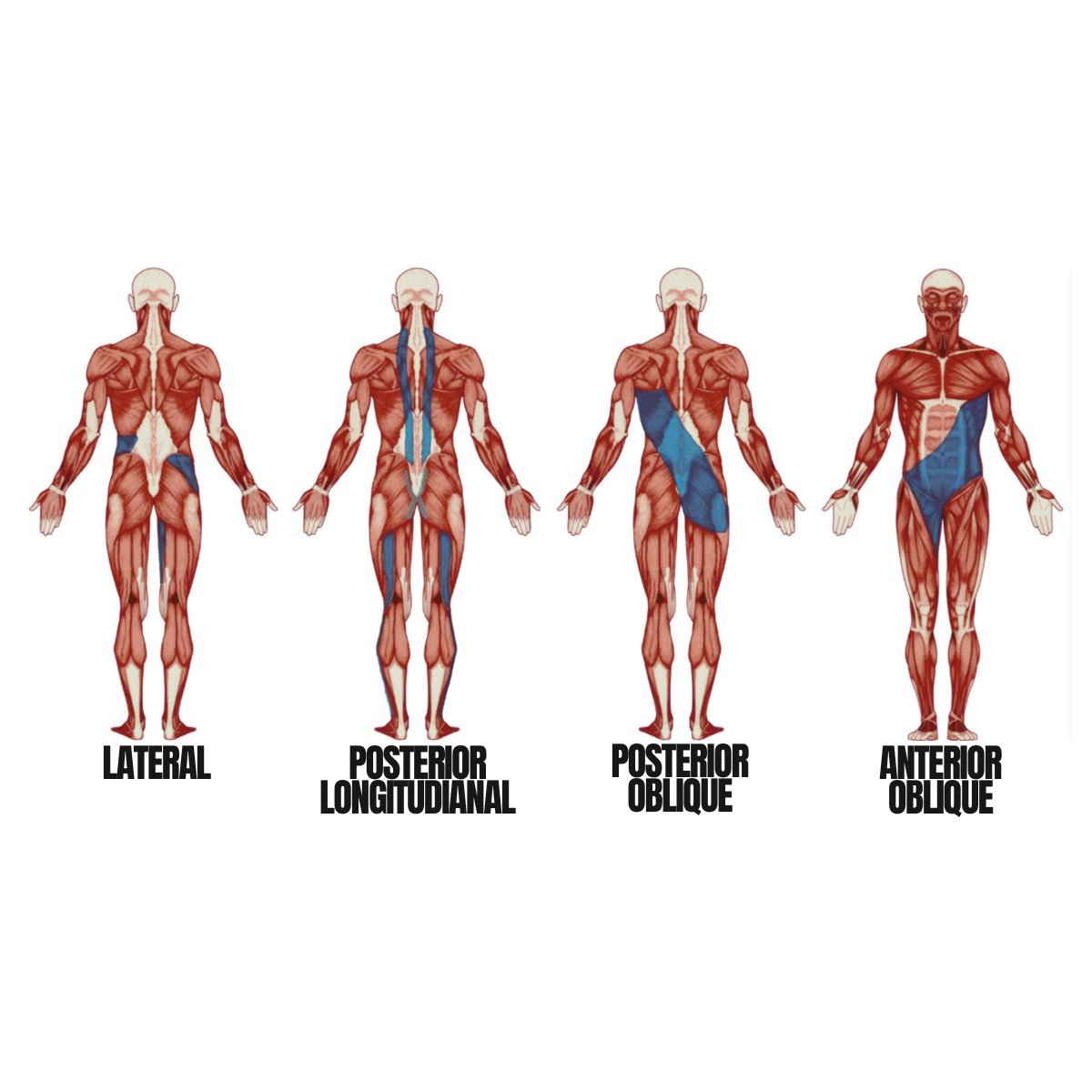From Hip to Scap: How Myofascial Slings Unlock Instant Force Expression”
For months, I chased a right scap issue that refused to clear.
Every press, every overhead variation, even bench warm-ups — same story. The scap just wouldn’t sit right. It would wing, hitch, or lock down under load.
I hammered all the usual fixes — scap push-ups, band work, lower-trap isolation — and got nowhere.
The funny part? I’d had a tight left QL for years, but it had been there so long that it just felt normal. It wasn’t painful, just background noise — the kind of tension you tune out.
It wasn’t until I ran an eccentric / isometric phase that I finally realised how much that old tension was costing me.
When the tempo slows down, your asymmetries have nowhere to hide — and mine showed up loud and clear.
The Hidden Link
Eccentrics expose control, not just strength.
Under slower tempos, I could feel one hip anchoring harder and one shoulder overworking to keep me upright.
The deeper I looked, the clearer it became:
My left QL was hiking the pelvis, forcing my right scap to stabilise off a twisted base.
Here’s the chain reaction:
Left QL → posterior pelvic tilt → tension through thoracolumbar fascia → over-recruited right lat/scap.
That’s the Posterior Oblique Sling — the diagonal connection from left glute and QL to right lat and scapula.
When one end is glued down, the other has to fight for stability.
What Are Myofascial Slings?
Your body doesn’t move in isolated parts — it moves in diagonal systems of tension called myofascial slings.
These slings connect the hips, trunk, and shoulders through layers of fascia and muscle.
They’re what allow you to walk, twist, throw, and lift efficiently. Each sling transfers force across the body so energy isn’t wasted.
The four main slings:
Posterior Oblique Sling: Left glute → thoracolumbar fascia → right lat / scapula
Anterior Oblique Sling: Right external oblique → left internal oblique → left adductor / hip flexor
Lateral Sling: Glute med → IT band → opposite adductors
Deep Longitudinal Sling: Erectors → hamstrings → calves
When these lines are balanced, your body moves as one integrated unit.
When one side loses tension — like a weak hip flexor or a locked QL — the opposing side has to overwork, and performance drops instantly.
The Light-Bulb Moment
After a deadlift session one day, my QL flared up hard. Out of curiosity, I tried a Kettlebell Reverse Squat — hooking my left foot inside the bell handle and lifting my leg under control.
Instant relief.
That movement reactivated the lengthened, under-trained hip flexor that had been losing the tug-of-war to my glute and QL for months.
It wasn’t a stretch — it was strength in length, rebalancing the front of the sling and taking pressure off the back.
Within seconds, the pelvis levelled, the ribs stacked, and my right scap started moving freely again.
Same day, same session — movements like chest supported rows which previously caused me grief no longer did.
Structural Balance = Instant Force Expression
When your structure is aligned, you don’t “get stronger” — you simply stop leaking strength through compensation.
The nervous system no longer wastes energy trying to stabilise a crooked frame; it drives output through a straight one.
Force expression becomes instant because nothing’s pulling against you.
That’s why restoring structural balance often gives lifters an immediate 5–10% increase in strength — not from new muscle, but from reclaimed efficiency.
Takeaways for Coaches and Lifters
Don’t chase symptoms. A shoulder problem might start at the opposite hip.
Eccentrics tell the truth. Slow tempos expose control deficits and hidden asymmetries.
Old tension isn’t harmless. Chronic tightness robs you of clean force transfer.
Train the long, weak line. Strengthen what’s losing the tug-of-war, not just stretch what’s tight.
Balance first, power second. Alignment always precedes performance.
Final Thought
I spent months trying to fix a scap that wasn’t broken.
Once I fixed the base — the left QL and the hip–core relationship — the shoulder fixed itself.
That’s what the myofascial sling system really teaches: the body isn’t a collection of parts; it’s a web of tension.
When you balance that web, strength flows freely, force expresses instantly, and performance becomes effortless.
